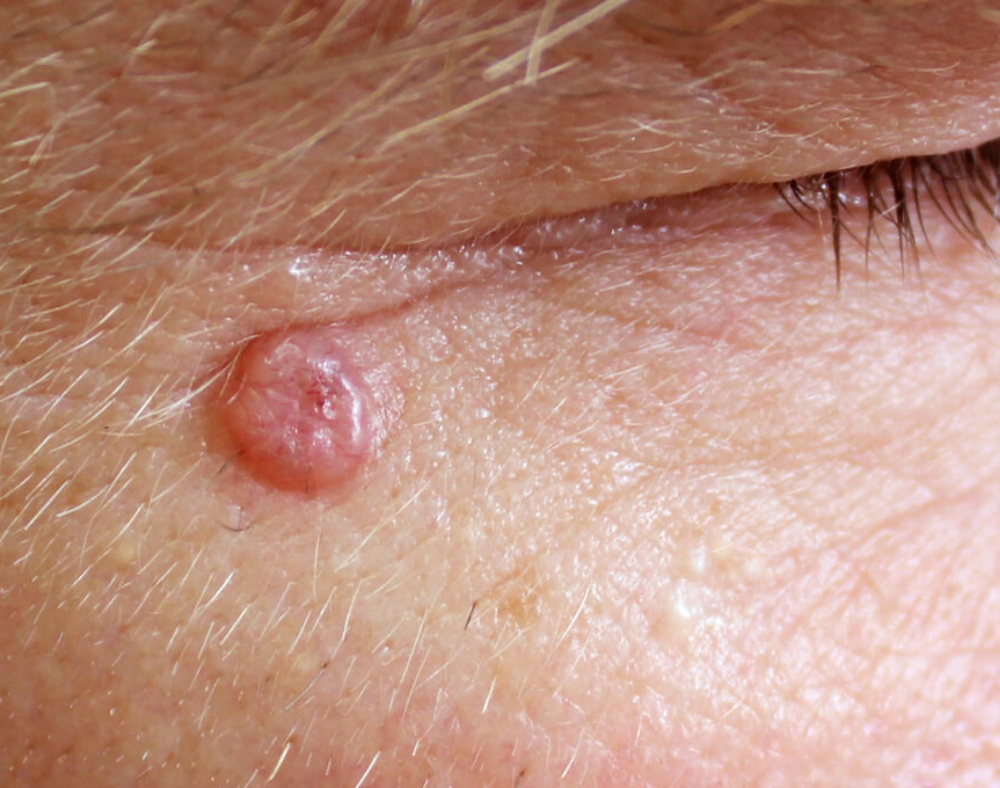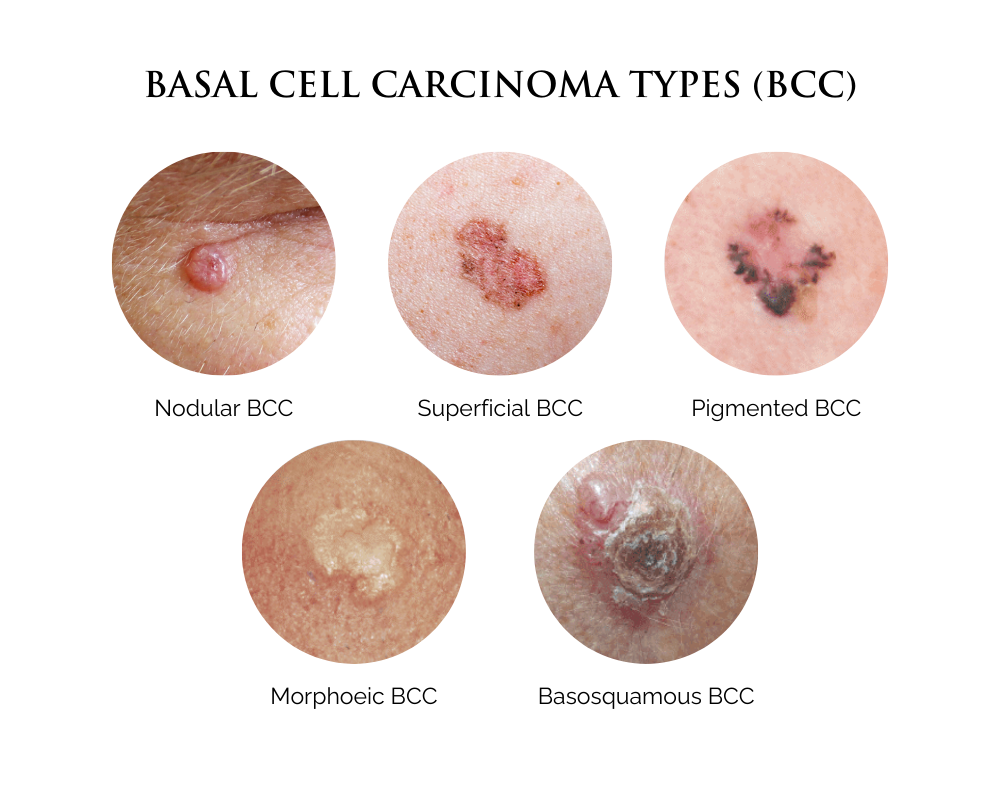Basal Cell Carcinoma: What Patients Need To Know
By McLean & Potomac Dermatology | Skin Tips 2024

Basal cell carcinoma skin cancer is the most common type of skin cancer, affecting millions of people worldwide each year. While it’s generally less aggressive than other forms of skin cancer, understanding its causes, symptoms, and treatment options is crucial for early detection.
What is Basal Cell Skin Cancer?
Basal cell carcinoma originates in the basal cells, which are found in the deepest layer of the epidermis, the outermost layer of the skin. These cells are responsible for producing new skin cells as old ones die off.
Causes and Risk Factors
The primary cause of BCC skin cancer is exposure to ultraviolet (UV) radiation from the sun or tanning beds. Prolonged and unprotected exposure to UV rays damages the DNA in basal cells, leading to cancerous growths. However, other risk factors can increase the likelihood of developing BCC, including:
- Fair skin
- History of frequent sunburns
- Family history of skin cancer
- Weakened immune system
- Exposure to certain chemicals or radiation
Signs and Symptoms
Basal cell skin cancer typically appears as a small, shiny bump or a flat, flesh-colored, or brown lesion on the skin. These growths may bleed easily, ooze or crust over, and may not heal completely. While BCC can develop anywhere on the body, it most commonly occurs on areas exposed to the sun, such as the face, neck, and ears.
If you notice any suspicious growths or changes on your skin, it’s essential to see a dermatologist as soon as possible. Diagnosis of basal cell skin cancer usually involves a thorough examination of the skin. This may require a biopsy, where a small sample of tissue is removed and examined under a microscope.

Treatment Options
The good news is that basal cell skin cancer is highly treatable, especially when detected early. Treatment options vary depending on the size, location, and subtype of the cancer, as well as the patient’s overall health. Common treatments include:
- Surgical Excision: The cancerous growth is surgically removed along with a surrounding margin of healthy tissue.
- Mohs Surgery: A specialized surgical technique that removes thin layers of cancer-containing skin one at a time until no cancer cells are detected.
- Cryotherapy: Freezing the cancerous cells with liquid nitrogen, causing them to die and fall off.
- Topical Medications: Prescription creams or gels applied directly to the affected area to destroy cancer cells.
Prevention Tips
While some risk factors for basal cell skin cancer, like genetics, are beyond our control, there are steps we can take to reduce our risk:
- Sun Protection: Wear sunscreen with a high SPF, seek shade, and wear protective clothing, such as wide-brimmed hats and long sleeves.
- Avoid Tanning Beds: UV radiation from tanning beds can be just as harmful as UV radiation from the sun.
- Regular Skin Checks: Perform self-examinations of your skin monthly and see a dermatologist annually for a professional skin examination.
Conclusion
Basal cell skin cancer may be common, but with awareness, prevention, and early detection, its impact can be minimized. By understanding the risk factors, recognizing the signs and symptoms, and seeking prompt medical attention, patients can take control of their skin health and reduce their risk of complications. Remember, when it comes to your skin, vigilance and proactive care are key.
To book an appointment with a skin expert at our McLean or Potomac location, text 703-215-2139!

